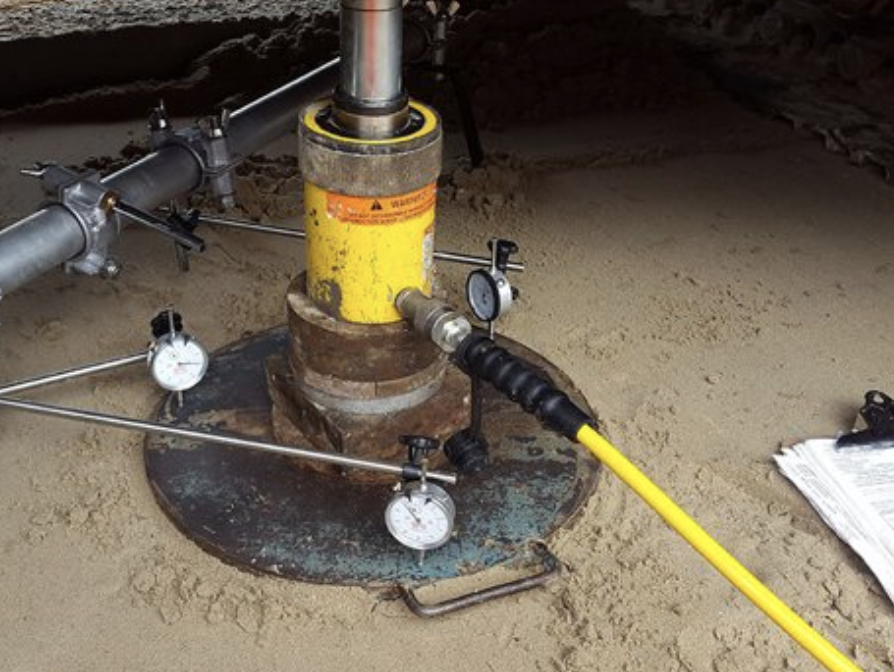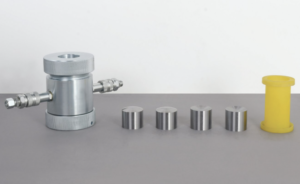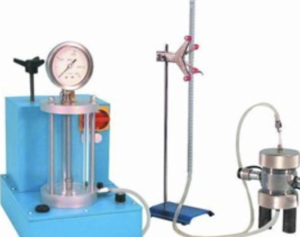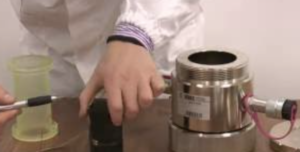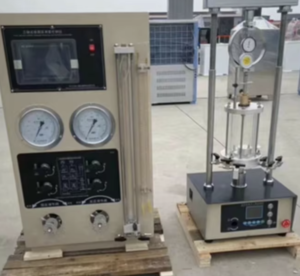California Bearing Ratio Test: CBR Values & Why They Matter
The California Bearing Ratio (CBR) test is a fundamental tool in evaluating the strength of subgrade soil for roads and pavements. Understanding CBR values can guide better construction decisions and help avoid costly failures.
What Is the California Bearing Ratio (CBR) Test?
The CBR test is a penetration test1 developed by the California Department of Transportation to assess the load-bearing capacity2 of soils.
- It simulates wheel loads by measuring the pressure needed to penetrate a soil sample with a standard plunger.
- The result is expressed as a percentage of the pressure required to penetrate a standard crushed stone.
- It’s typically used for designing the thickness of pavement layers3 for roads, highways, and airfields.

What Do CBR Values Actually Represent?
CBR values indicate how well soil can support road or runway loads.
| CBR Value (%) | Subgrade Strength | Typical Use Case |
|---|---|---|
| 2 – 5 | Very Poor | Unsuitable without improvement |
| 5 – 10 | Poor | Requires stabilization |
| 10 – 20 | Fair | May support light traffic |
| 20 – 50 | Bien | Suitable for most pavements |
| 50 – 100 | Excellent (crushed rock) | Base and sub-base materials |
Higher values mean better load support, reducing the need for thick pavement layers.
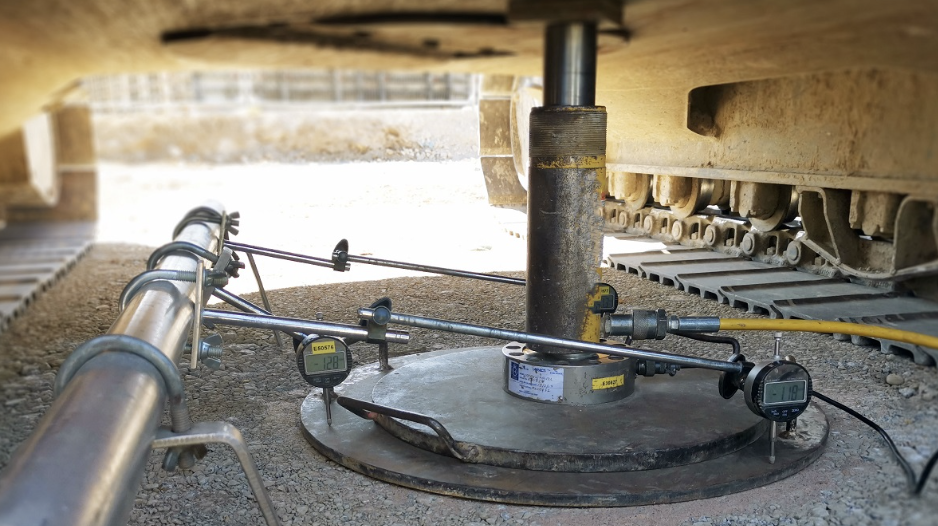
Why Are CBR Test Results Crucial for Road Design?
Accurate CBR values help engineers:
- Determine pavement layer thicknesses4 for safety and durability.
- Avoid underdesign5, which leads to cracking and rutting.
- Prevent overdesign6, which adds unnecessary construction cost.
- Select proper materials for base and sub-base layers.
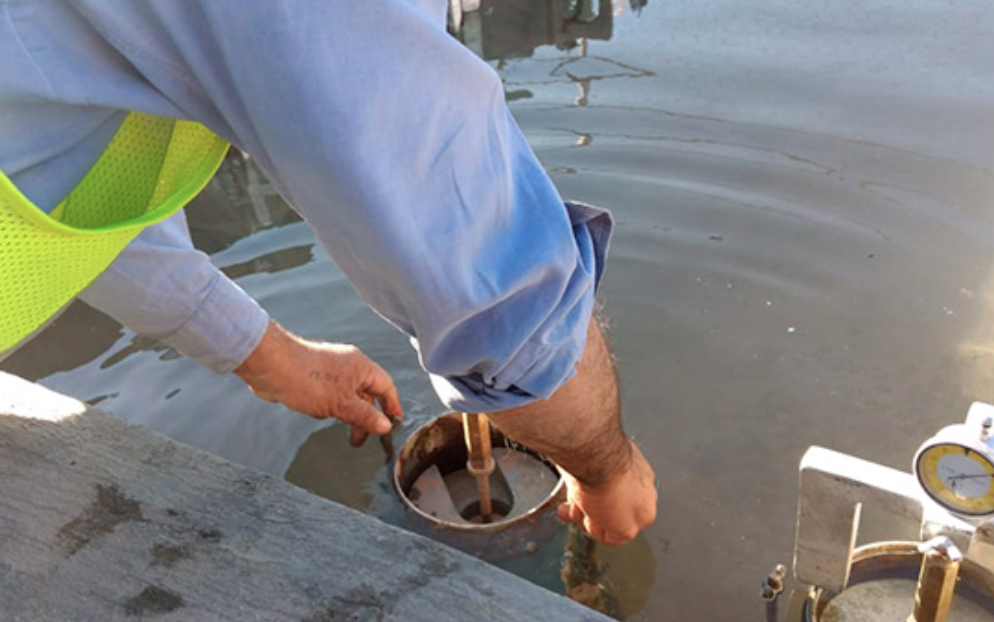
Inadequate knowledge of CBR values can result in early pavement failure or wasted resources.
How Is the CBR Test Performed in the Lab?
The standard laboratory CBR test7 follows these steps:
- Sample Preparation: Soil is compacted into a cylindrical mold at optimum moisture content.
- Soaking (optional): Some samples are soaked for 4 days to simulate worst-case conditions.
- Penetration Testing: A plunger penetrates the sample at 1.25 mm/min.
- Load Measurement8: Resistance is recorded at standard depths (2.5 mm and 5.0 mm).
-
CBR Calculation:
[ \text{CBR} = \frac{\text{Measured pressure}}{\text{Standard pressure}} \times 100 ]
Test results can vary based on moisture, compaction method, and material type.
Conclusión
CBR values are essential for determining soil strength and ensuring the long-term performance of pavements. By accurately measuring and interpreting CBR, engineers can design cost-effective and durable road infrastructure.
-
Understanding penetration tests can enhance your knowledge of soil assessment methods and their applications in engineering. ↩
-
Exploring load-bearing capacity measurement techniques can provide insights into soil stability and construction safety. ↩
-
Learning about pavement layer thickness can improve your understanding of road design and durability. ↩
-
Understanding pavement layer thicknesses is crucial for ensuring safety and durability in construction projects. Explore this link for expert insights. ↩
-
Learning about the risks of underdesign can help engineers avoid costly mistakes like cracking and rutting. Check out this resource for detailed information. ↩
-
Exploring the implications of overdesign can save significant costs in construction projects. Discover more about this topic through the provided link. ↩
-
Understanding the CBR test is crucial for evaluating soil strength and suitability for construction projects. Explore this link for detailed insights. ↩
-
Discover various load measurement techniques used in soil testing to enhance your knowledge of geotechnical engineering practices. ↩

